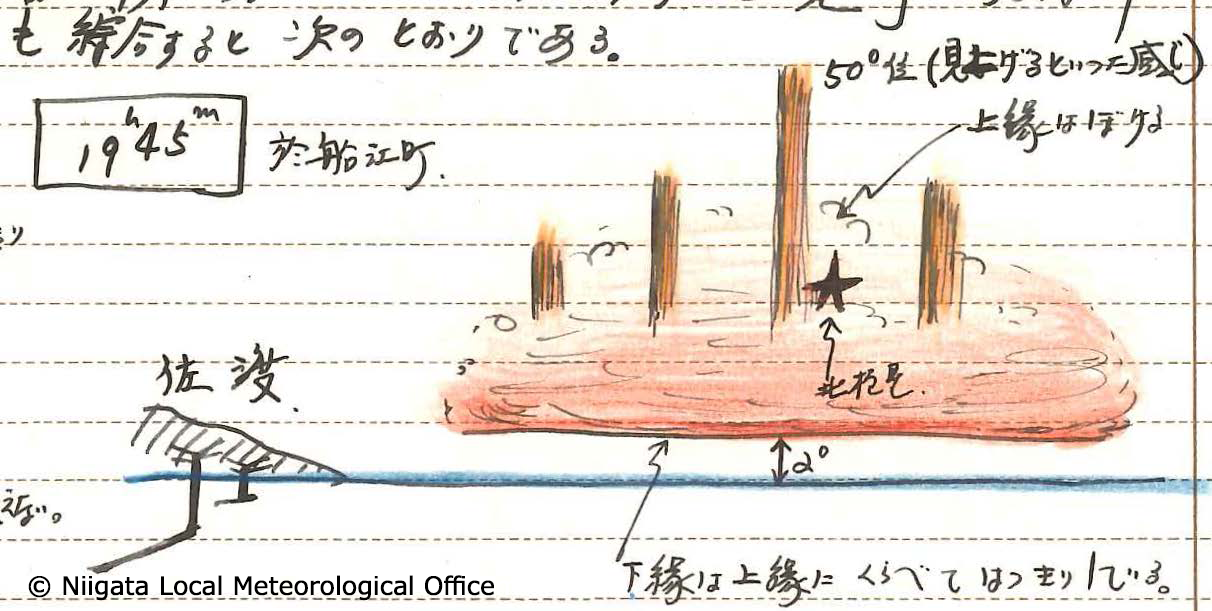Historical observations have revealed an overview of the great auroral displays in 1957 -- 1958: Snapshots of the solar storms around the greatest maximum in the last four centuries
2022-01-06
Hisashi Hayakawa (ISEE, Nagoya Univ.) has collaborated with Yusuke Ebihara (RISH, Kyoto University) and Hidetoshi Hata (Kiso Observatory, the University of Tokyo) to consult the archives and historical publications of the National Astronomical Observatory of Japan, Kiso Observatory of the University of Tokyo, Japan Meteorological Agency (JMA), and the JMA Local Meteorological Offices, review and analyse auroral records around the International Geophysical Year (1957 — 1958), and visualise and reconstruct temporal and spatial evolutions of the low-latitude aurorae upon the extreme space weather events around the maximum of Solar Cycle 19, the greatest solar cycle ever observed since 1610. These results have visualised the auroral behaviours in the low magnetic latitude during the third and fourth greatest geomagnetic storms since the onset of the Dst index in 1957. This result will allow us to understand the solar-terrestrial environmental changes upon occurrences of extreme space weather events, with further comparative analyses with other low-latitude aurora records. This result will be published in Geoscience Data Journal in January 2022.
Reference
Hisashi Hayakawa, Yusuke Ebihara, Hidetoshi Hata,A Review for Japanese auroral records on the three extreme space weather events around the International Geophysical Year (1957 — 1958) DOI:10.1002/GDJ3.140



